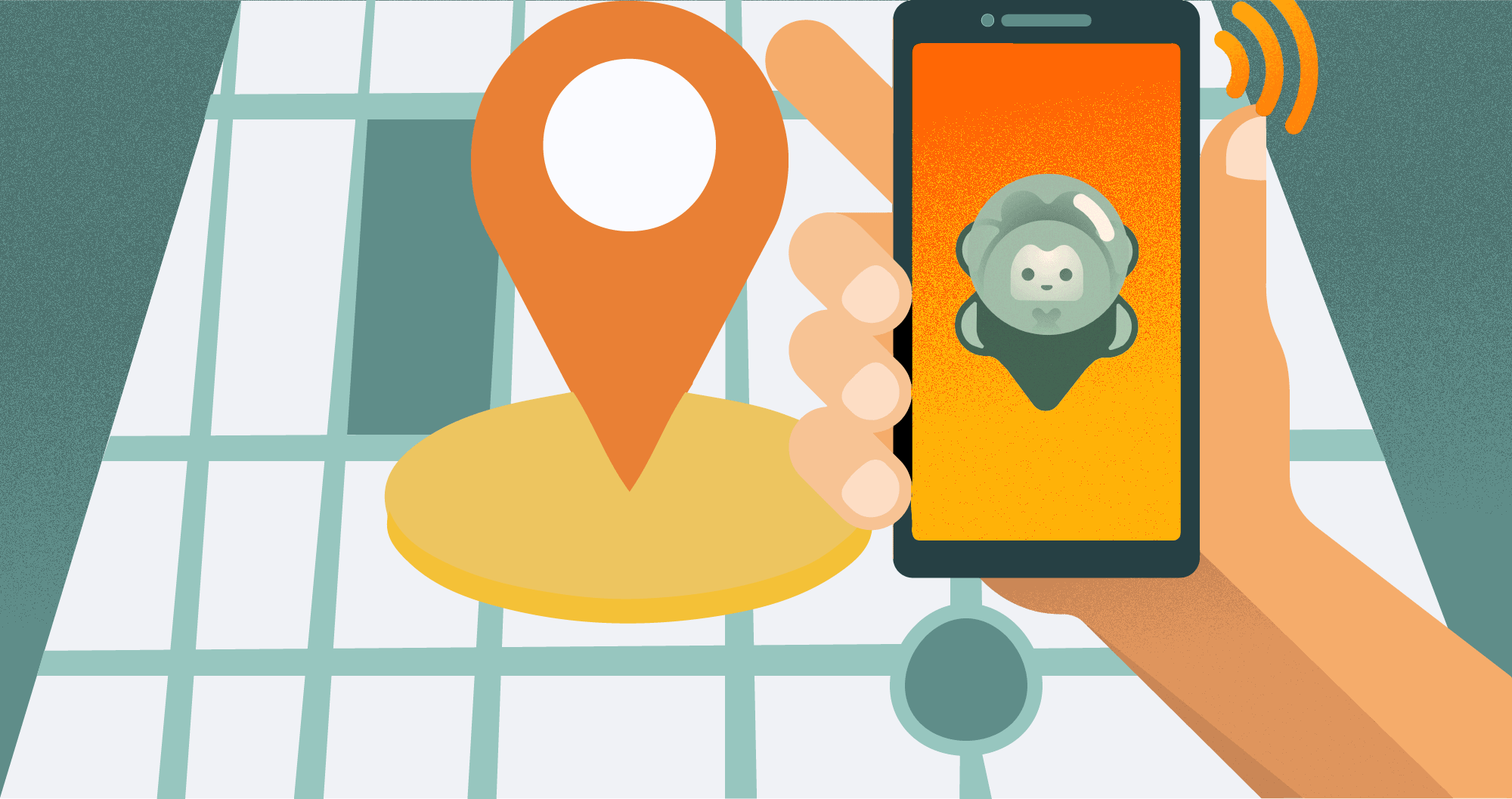What is Geofencing?
Learn more about one of the most powerful ways that marketers can use location data: geofencing!
By Joseph Green
The location data industry has opened up new doors for many industries. Powered by high quality location data from companies like X-Mode, marketers and other digital professionals are now able to enrich their offerings with a layer of real world insights. Gone are the days of spray-and-pray advertising; highly accurate SDK-sourced location data now enables marketers to target their audience with an unprecedented degree of precision.
One way this location data revolution can be seen is through the practice of geofencing. You may have heard of this concept before, but not completely understood it. In this post, you will not only learn the ins and outs of geofencing, but you will also come to understand the distinct advantages that the strategy offers to digital marketers in today’s competitive landscape.
What is Geofencing:
In a few words, geofencing refers to digitally defining a specific location. This can be accomplished using a number of different location technologies — beacons, GPS, RFID tags, WiFi signals — with varying degrees of precision. Using these geo-location tools, brands, advertisers, and data companies can create a “fence” around an area, and collect certain insights about device activity within the parameters of this fence. In addition, push notifications, ads, and text message alerts may be sent to devices within the defined geographic area .
Some of the insights that you can measure by using fencing and other location-based tools include:
- Which mobile devices traveled within the geofenced area.
- How long the devices dwelled there.
- A broader understanding of users’ location data, including where else the devices traveled, before and after entering the virtual boundary.
Just as there are different ways to construct a geofence, there are different levels of granularity and accuracy as well. For some purposes, drawing a wide circle around a location may be enough to meet geofencing needs. If you are looking to get a sophisticated understanding of what is actually happening within a defined area, however, you want to get a little more granular. That’s why some companies, like X-Mode, choose the polygon method instead. Using polygons — coupled with our high level of horizontal accuracy, dwell time measurement, and other key data collection metrics — allows X-Mode to power better solutions with a higher degree of precision.
How to Use Location Based Audiences
There are a number of useful applications for geofencing technology, whether that means creating a virtual perimeter around your own venue or using a preexisting database of polygons offered by companies like X-Mode. Either way you do it, some of the solutions that can be powered by strategic use of geofencing include:
- Targeting/Retargeting: See which devices traveled into a store, and serve relevant ads to them within that location or at a later point on the customer journey.
- Conquesting: See which devices frequent competitors, and may be susceptible to a conversion through targeted ads.
- Lookalike Audiences: Build new audiences similar to devices that have confirmed visits to a geofenced area. In this way, location data insights leads to the targeting of entirely new customers.
This is just a small sample of the many use cases made possible by this technology . There are numerous other ways to use the technology in social networking, audience engagement, and even cybersecurity! The key advantage of geofencing, once again, is to add a strong layer of real-world data to any and all digital solutions; in a word, to connect the dots between online and offline behavior.
This tool is especially powerful when it makes use of highly accurate, SDK-sourced data from a trusted company like X-Mode. (70% of our data is accurate within 20 meters or less!) Although there are many factors to consider when deciding whether or not to leverage geofences — from the relevance to your brand, to the quality of the data — there is no reason in 2020 not to make this powerful technology a core part of your strategy. Reach out to X-Mode today to learn more about geofences, polygons, and how location data can improve your business.







